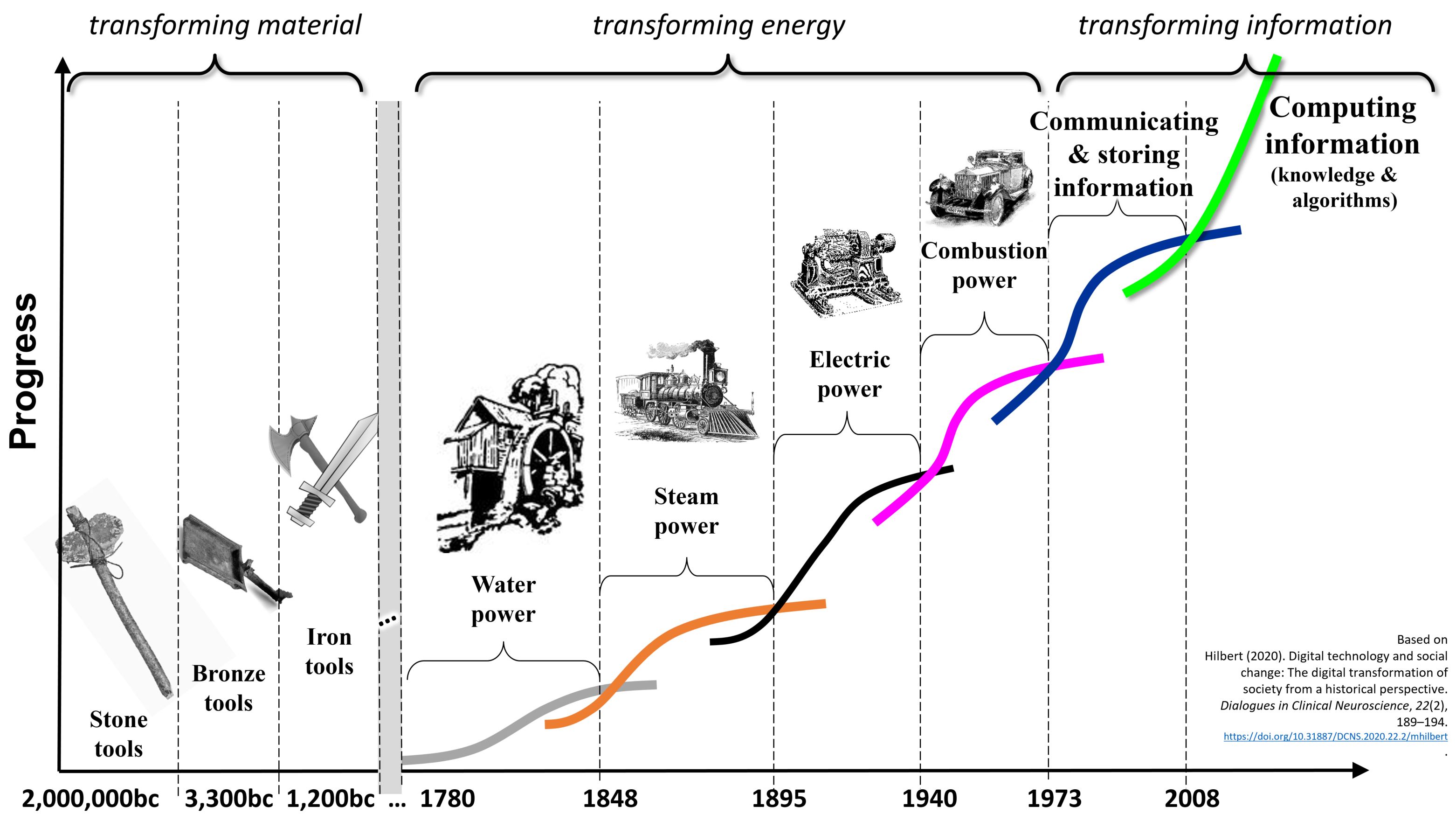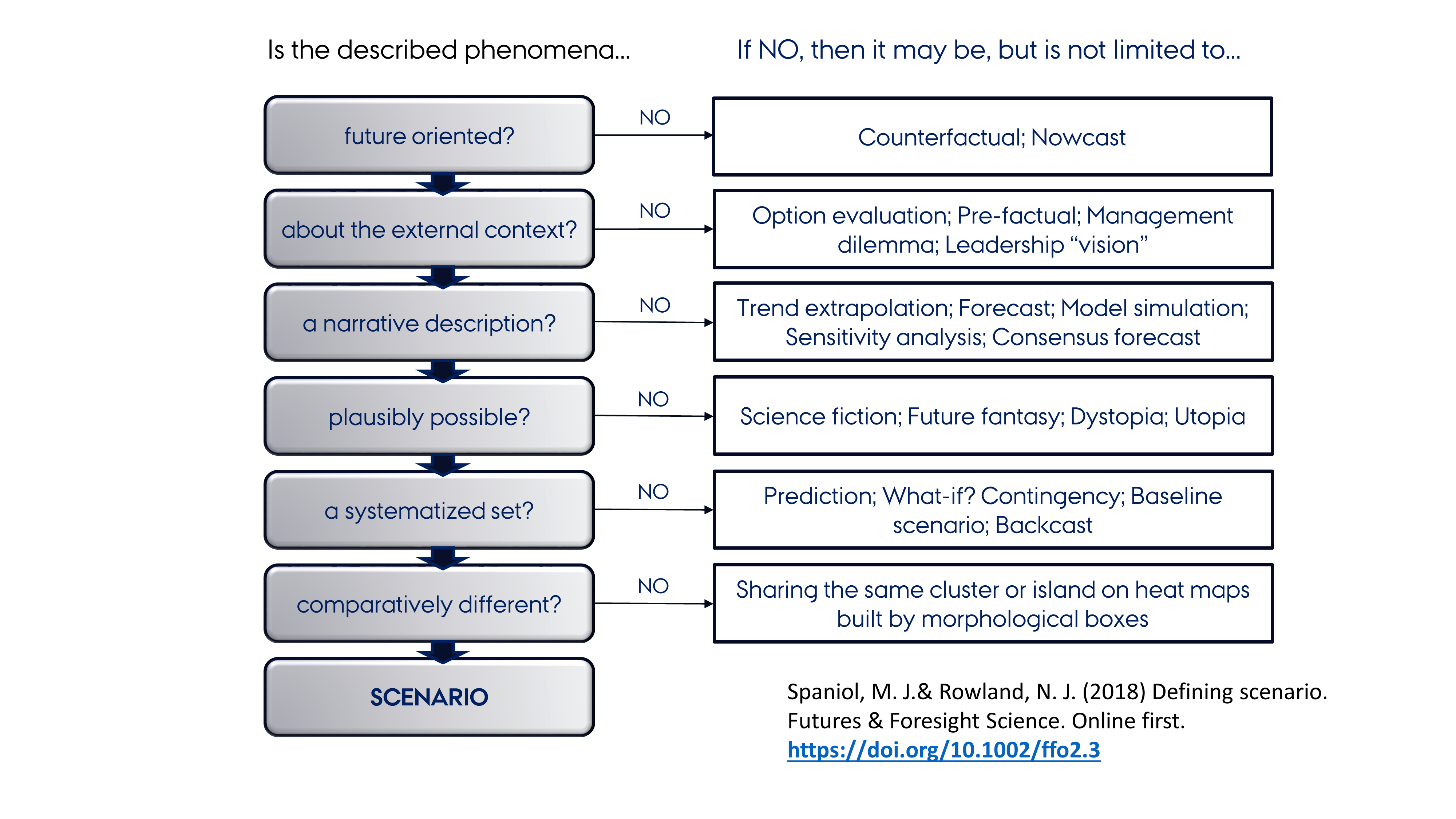|
Outline Of Futures Studies
The following outline is provided as an overview of and topical guide to futures studies: Futures studies (also called futurology) – study of postulating possible, probable, and preferable futures and the worldviews and myths that underlie them. There is a debate as to whether this discipline is an art or science. In general, it can be considered as a branch of the social sciences and parallel to the field of history. History studies the past, futures studies considers the future. Futurology (colloquially called "futures" by many of the field's practitioners) seeks to understand what is likely to continue and what could plausibly change. Part of the discipline thus seeks a systematic and pattern-based understanding of past and present, and to determine the likelihood of future events and trends. General concepts * Accelerating change * Calculating demand forecast accuracy * Clarke's three laws * Collaborative planning, forecasting, and replenishment * Causal layered analysi ... [...More Info...] [...Related Items...] OR: [Wikipedia] [Google] [Baidu] |
Emerging Technologies
Emerging technologies are technologies whose development, practical applications, or both are still largely unrealized. These technologies are generally new but also include older technologies finding new applications. Emerging technologies are often perceived as capable of changing the status quo. Emerging technologies are characterized by radical novelty (in application even if not in origins), relatively fast growth, coherence, prominent impact, and uncertainty and ambiguity. In other words, an emerging technology can be defined as "a radically novel and relatively fast growing technology characterised by a certain degree of coherence persisting over time and with the potential to exert a considerable impact on the socio-economic domain(s) which is observed in terms of the composition of actors, institutions and patterns of interactions among those, along with the associated knowledge production processes. Its most prominent impact, however, lies in the future and so in the ... [...More Info...] [...Related Items...] OR: [Wikipedia] [Google] [Baidu] |
Kondratiev Wave
In economics, Kondratiev waves (also called supercycles, great surges, long waves, K-waves or the long economic cycle) are hypothesized cycle-like phenomena in the modern world economy. The phenomenon is closely connected with the technology life cycle. It is stated that the period of a wave ranges from forty to sixty years, the cycles consist of alternating intervals of high sectoral growth and intervals of relatively slow growth.See, e.g. Long wave theory is not accepted by most academic economists. Among economists who accept it, there is a lack of agreement about both the cause of the waves and the start and end years of particular waves. Among critics of the theory, the consensus is that it involves recognizing patterns that may not exist (apophenia). History of concept The Soviet economist Nikolai Kondratiev (also written Kondratieff or Kondratyev) was the first to bring these observations to international attention in his book ''The Major Economic Cycles'' (1925) al ... [...More Info...] [...Related Items...] OR: [Wikipedia] [Google] [Baidu] |
Kardashev Scale
The Kardashev scale (Russian: Шкала Кардашева, ''Shkala Kardasheva'') is a method of measuring a civilization's level of technological advancement based on the amount of energy it is able to use. The measure was proposed by Soviet astronomer Nikolai Kardashev in 1964. The scale is hypothetical, and regards energy consumption on a cosmic scale. Various extensions of the scale have since been proposed, including a wider range of power levels (types 0, IV to VI) and the use of metrics other than pure power (e.g., computational growth). Kardashev first outlined his scale in a paper presented at the 1964 Byurakan conference, a scientific meeting that reviewed the Soviet radio astronomy space listening program. This paper, entitled "Передача информации внеземными цивилизациями" (and then translated into English "Transmission of Information by Extraterrestrial Civilizations"), proposes a classification of civilizations into thr ... [...More Info...] [...Related Items...] OR: [Wikipedia] [Google] [Baidu] |
Interdependence
Systems theory is the interdisciplinary study of systems, i.e. cohesive groups of interrelated, interdependent components that can be natural or human-made. Every system has causal boundaries, is influenced by its context, defined by its structure, function and role, and expressed through its relations with other systems. A system is "more than the sum of its parts" by expressing synergy or emergent behavior. Changing one component of a system may affect other components or the whole system. It may be possible to predict these changes in patterns of behavior. For systems that learn and adapt, the growth and the degree of adaptation depend upon how well the system is engaged with its environment and other contexts influencing its organization. Some systems support other systems, maintaining the other system to prevent failure. The goals of systems theory are to model a system's dynamics, constraints, conditions, and relations; and to elucidate principles (such as purpose, meas ... [...More Info...] [...Related Items...] OR: [Wikipedia] [Google] [Baidu] |
Hubbert Peak Theory
The Hubbert peak theory says that for any given geographical area, from an individual oil-producing region to the planet as a whole, the rate of petroleum production tends to follow a bell-shaped curve. It is one of the primary theories on peak oil. Choosing a particular curve determines a point of maximum production based on discovery rates, production rates and cumulative production. Early in the curve (pre-peak), the production rate increases due to the discovery rate and the addition of infrastructure. Late in the curve (post-peak), production declines because of resource depletion. The Hubbert peak theory is based on the observation that the amount of oil under the ground in any region is finite, therefore the rate of discovery which initially increases quickly must reach a maximum and decline. In the US, oil extraction followed the discovery curve after a time lag of 32 to 35 years.Jean Laherrere, "Forecasting production from discovery", ASPO Lisbon May 19–20, 200/ref> ... [...More Info...] [...Related Items...] OR: [Wikipedia] [Google] [Baidu] |
Global Consciousness Project
The Global Consciousness Project (GCP, also called the EGG Project) is a parapsychology experiment begun in 1998 as an attempt to detect possible interactions of "global consciousness" with physical systems. The project monitors a geographically distributed network of hardware random number generators in a bid to identify anomalous outputs that correlate with widespread emotional responses to sets of world events, or periods of focused attention by large numbers of people. The GCP is privately funded through the Institute of Noetic Sciences and describes itself as an international collaboration of about 100 research scientists and engineers. Skeptics such as Robert T. Carroll, Claus Larsen, and others have questioned the methodology of the Global Consciousness Project, particularly how the data are selected and interpreted, saying the data anomalies reported by the project are the result of "pattern matching" and selection bias which ultimately fail to support a belief in psi or gl ... [...More Info...] [...Related Items...] OR: [Wikipedia] [Google] [Baidu] |
Future Energy Development
Energy development is the field of activities focused on obtaining sources of energy from natural resources. These activities include production of renewable, nuclear, and fossil fuel derived sources of energy, and for the recovery and reuse of energy that would otherwise be wasted. Energy conservation and efficiency measures reduce the demand for energy development, and can have benefits to society with improvements to environmental issues. Societies use energy for transportation, manufacturing, illumination, heating and air conditioning, and communication, for industrial, commercial, and domestic purposes. Energy resources may be classified as primary resources, where the resource can be used in substantially its original form, or as secondary resources, where the energy source must be converted into a more conveniently usable form. Non-renewable resources are significantly depleted by human use, whereas renewable resources are produced by ongoing processes that can sustai ... [...More Info...] [...Related Items...] OR: [Wikipedia] [Google] [Baidu] |
Future
The future is the time after the past and present. Its arrival is considered inevitable due to the existence of time and the laws of physics. Due to the apparent nature of reality and the unavoidability of the future, everything that currently exists and will exist can be categorized as either permanent, meaning that it will exist forever, or temporary, meaning that it will end. In the Occidental view, which uses a linear conception of time, the future is the portion of the projected timeline that is anticipated to occur. In special relativity, the future is considered absolute future, or the future light cone. In the philosophy of time, presentism is the belief that only the present exists and the future and the past are unreal. Religions consider the future when they address issues such as karma, life after death, and eschatologies that study what the end of time and the end of the world will be. Religious figures such as prophets and diviners have claimed to see into t ... [...More Info...] [...Related Items...] OR: [Wikipedia] [Google] [Baidu] |
Foresight (futures Studies)
In futurology, especially in Europe, the term ''foresight'' has become widely used to describe activities such as: * critical thinking concerning long-term developments, * debate and for some futurists who are normative and focus on action driven by their values who may be concerned with effort to create wider participatory democracy. Foresight is a set of competencies and not a value system, however. * shaping the future, especially by influencing public policy. In the last decade, scenario methods, for example, have become widely used in some European countries in policy-making.van Steenbergen, Bart: Scenarios As a Powerful Tool for Public Policy. As presented at the Prague Workshop on Futures Studies Methodology, October 2005, http://ceses.cuni.cz/english/051019.php . To be published in the proceedings. The FORSOCIETY network brings together national Foresight teams from most European countries, and the European Foresight Monitoring Project is collating material on Foresight ac ... [...More Info...] [...Related Items...] OR: [Wikipedia] [Google] [Baidu] |
Forecasting
Forecasting is the process of making predictions based on past and present data. Later these can be compared (resolved) against what happens. For example, a company might estimate their revenue in the next year, then compare it against the actual results. Prediction is a similar but more general term. Forecasting might refer to specific formal statistical methods employing time series, cross-sectional or longitudinal data, or alternatively to less formal judgmental methods or the process of prediction and resolution itself. Usage can vary between areas of application: for example, in hydrology the terms "forecast" and "forecasting" are sometimes reserved for estimates of values at certain specific future times, while the term "prediction" is used for more general estimates, such as the number of times floods will occur over a long period. Risk and uncertainty are central to forecasting and prediction; it is generally considered a good practice to indicate the degree of uncertainty ... [...More Info...] [...Related Items...] OR: [Wikipedia] [Google] [Baidu] |
Failure Mode And Effects Analysis
Failure mode and effects analysis (FMEA; often written with "failure modes" in plural) is the process of reviewing as many components, assemblies, and subsystems as possible to identify potential failure modes in a system and their causes and effects. For each component, the failure modes and their resulting effects on the rest of the system are recorded in a specific FMEA worksheet. There are numerous variations of such worksheets. An FMEA can be a qualitative analysis, but may be put on a quantitative basis when mathematical failure rate models are combined with a statistical failure mode ratio database. It was one of the first highly structured, systematic techniques for failure analysis. It was developed by reliability engineers in the late 1950s to study problems that might arise from malfunctions of military systems. An FMEA is often the first step of a system reliability study. A few different types of FMEA analyses exist, such as: * Functional * Design * Process Sometime ... [...More Info...] [...Related Items...] OR: [Wikipedia] [Google] [Baidu] |



